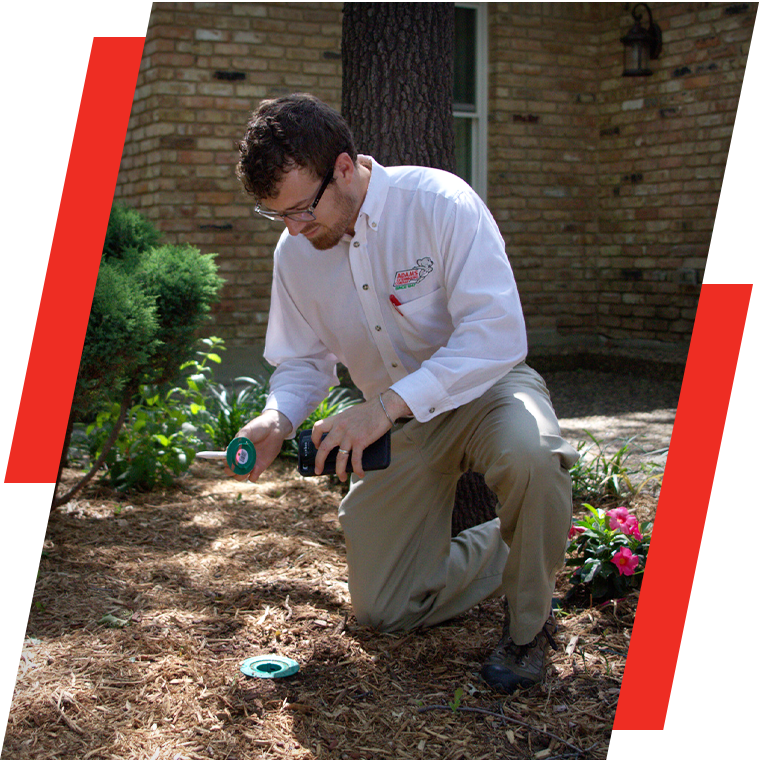
Everything Frisco Homeowners Need to Know to Keep Pantry Moths Out
There are around 160,000 species of moths in the world and one of them likes living in your pantry so much that it has earned the name of pantry moth. While it is certainly not the only moth that can get into a pantry, it is a moth you should learn as much as you can about. If you don't, you could find yourself eating some very unsavory meals. Here's what you need to know about pantry moths, also known as Indian meal moths.
What Is an Indian Meal Moth?
The insect known as the Indian meal moth or pantry moth, earned both of these names. As a pantry moth, it is exceptionally good at getting into stored food products that you put in your pantry. It gets its Indian meal moth name from its particular interest in cornmeal. At the time it was named, cornmeal was more commonly referred to as Indian meal. You'll find these moths living in and around a variety of processed foods, grains, cereals, nuts, dried fruit, dog food, spices, seeds, and, of course, cornmeal. It's a-maize-ing how much these moths love cornmeal. Sorry. We just had to.
Identification of Indian Meal Moths
- Indian meal moths are only about ⅝ of an inch in length. That's really small. So don't be surprised if you don't notice them clinging to the walls or shelves where food is stored.
- Indian meal moths are a rust color with a tan band in the center. There is also a thin, black band of color that divides the rusty brown from the tan.
- Indian meal moths pass through seven larval instars before they become pupae, and ultimately emerge as moths. In the larval stage, they are worm-like caterpillars that resemble grubs. These wormy critters infest food and take on the color of the food they're eating. If they're in brown rice, they'll be brown. If they are in white rice, they'll be white. This makes them difficult to detect.
- You may see Indian meal moths in their pupae stage. If you do, you're likely to see webbing. This may be encased around the pupae, or clinging between food particles.

Why Choose Adams Exterminating?
-
Trained Entomologists & Service TechniciansOur team brings a deep understanding of insect biology and behavior to create targeted pest control strategies. We're equipped with the latest techniques and technologies to effectively eliminate pests.
-
Customized Plans for Every BudgetRecognizing that each space is different, we customize pest control services for every home or business. Our approach involves targeted solutions, addressing specific needs for your environment.
-
Trusted in the Community Since 1947With a legacy dating back to 1947, our pest control company brings decades of experience with a proven track record to keep your space critter-free.
-
Locally Owned & OperatedAs a locally owned business with offices in both Denton and Lewisville, we are rooted in the community and dedicated to serving our neighbors with personalized service.
How Indian Meal Moths Get Into Your Food
These insects can come in from the outside of your home, but it is more likely that they will hitch a ride into your Frisco home (if you don't live near crop fields or a granary). These moths prefer to stay near food sources. So, keeping your screens in good repair, and sealing entry points in your exterior, will only go so far to protect you.
How to Prevent Indian Meal Moths
There is no way to prevent meal moths from getting into your home. The best you can do is manage your food in a way that limits the chances that you'll eat meal moth eggs, larvae, or pupae. Keep in mind that, if you do eat them, you're probably not going to get sick. These bugs are not known to cause illness. But you might feel sick if you learn that you've eaten them. Here are some ways to prevent an unsavory meal:
- Inspect the food you purchase at the grocery store. If you detect any openings that these moths could enter, don't purchase those items. Keep in mind how big these moths are. It doesn't take much of an opening for an Indian meal moth to get into a product.
- Check the due dates on the products you purchase. The scent of decaying food is strong and it can attract these insects from a distance.
- When you bring products home from the store, consider transferring the items to sealed glass or plastic containers. Glass is preferable, as it can be far easier to see through glass than it is to see-through plastic. Why is this important? Because it helps you see eggs, larvae, pupae, webbing, or adult insects inside the product.
- If you don't store your products in sealed containers, be sure to inspect your pantry and cupboards routinely. Check for the presence of moths, beetles, or weevils. Also, check the due dates on your packages and throw items away that are past their due dates.



